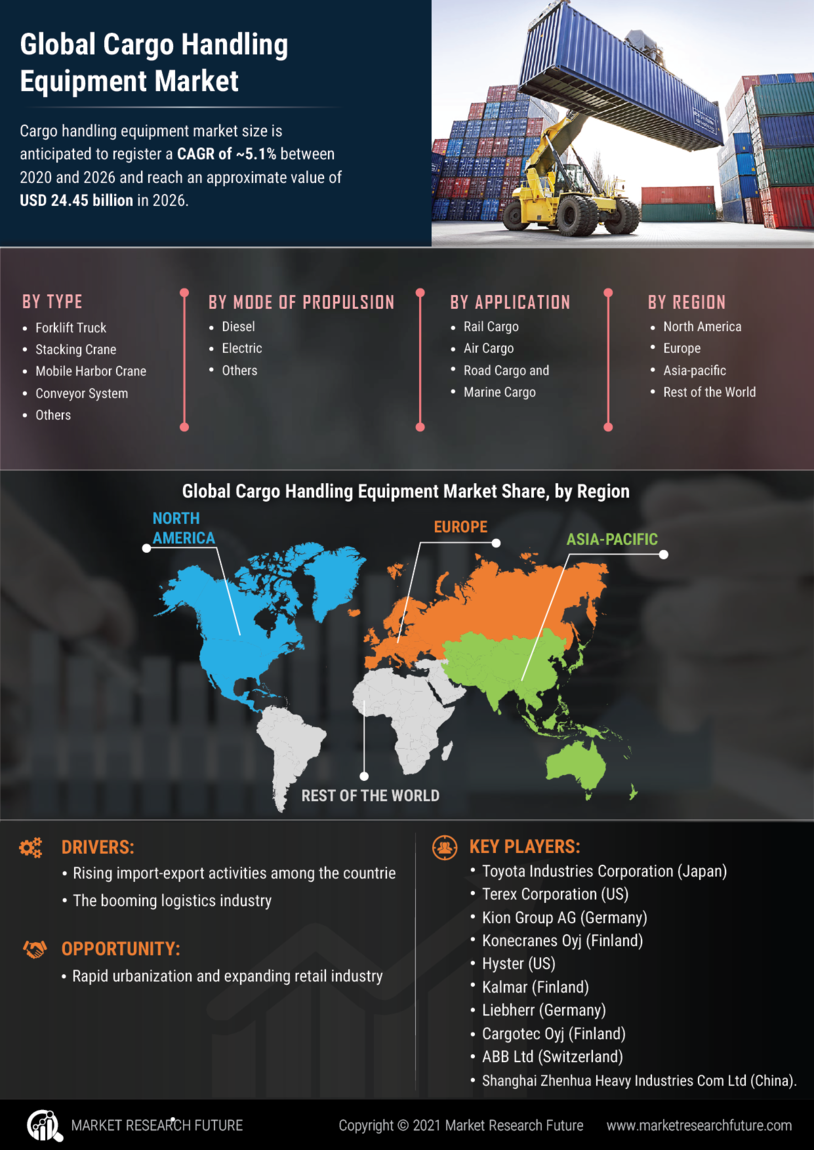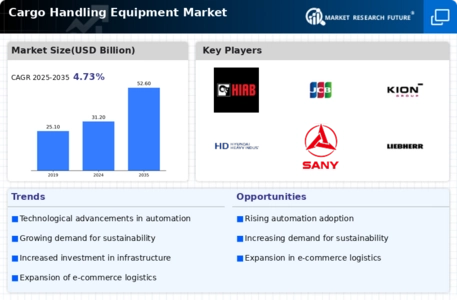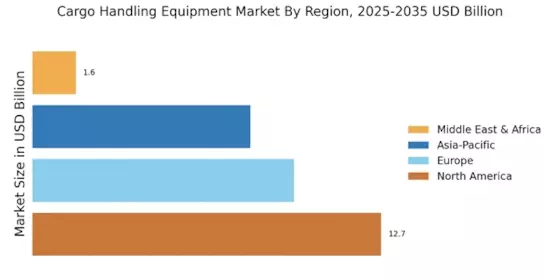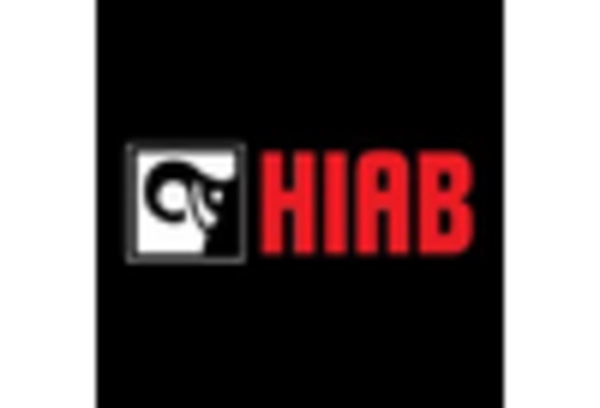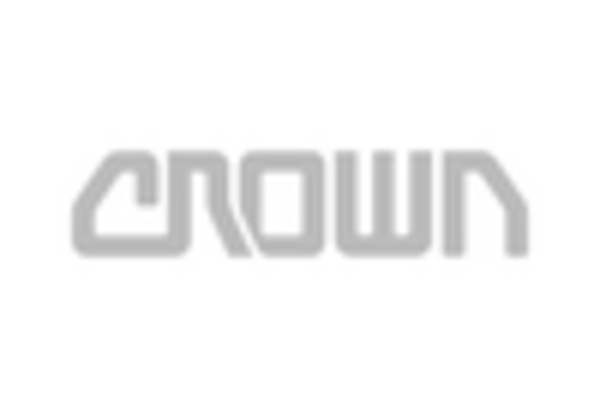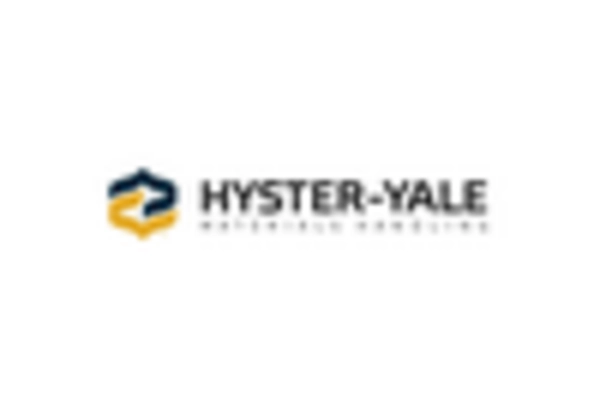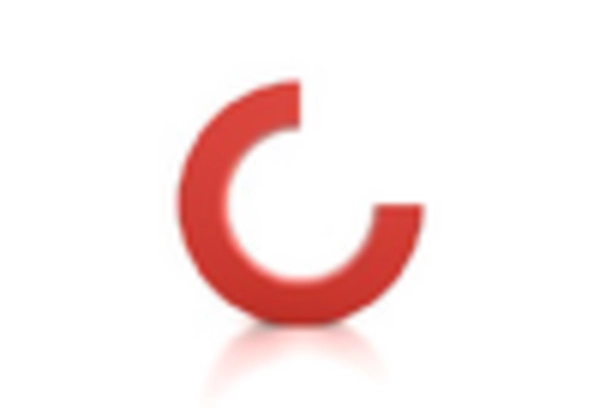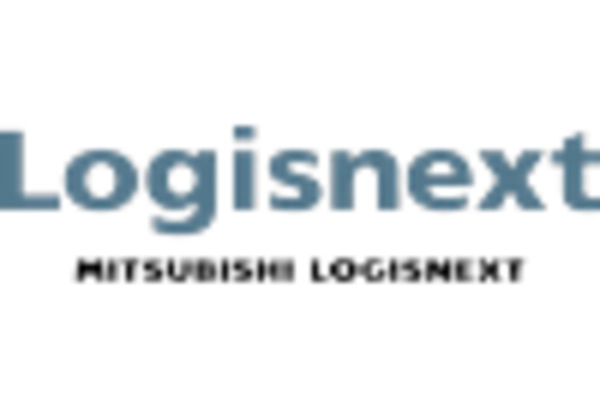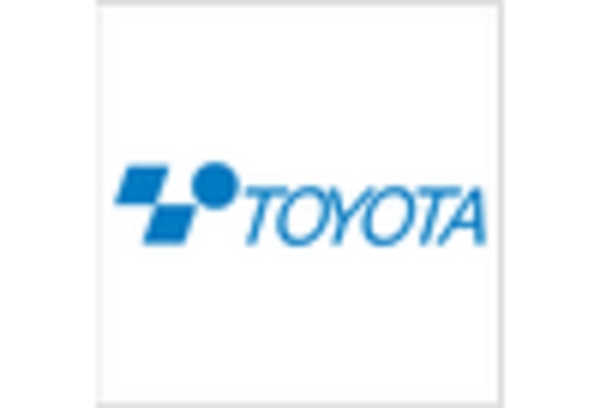E-commerce Growth
The rapid growth of e-commerce is a pivotal driver for the Cargo Handling Equipment Market. As online shopping continues to gain traction, the demand for efficient logistics and cargo handling solutions intensifies. E-commerce giants are investing in sophisticated warehousing and distribution systems to meet consumer expectations for fast delivery. Recent data suggests that e-commerce sales have surged by over 20% annually, leading to increased pressure on logistics providers to enhance their cargo handling capabilities. This trend indicates that the Cargo Handling Equipment Market must adapt to the evolving landscape, focusing on solutions that cater to the unique demands of e-commerce logistics.
Growing Trade Activities
The Cargo Handling Equipment Market is significantly influenced by the expansion of trade activities across various sectors. As international trade continues to flourish, the demand for efficient cargo handling solutions rises correspondingly. Recent statistics indicate that global trade volumes have increased by approximately 4% annually, necessitating the need for advanced cargo handling equipment. Ports and logistics companies are investing heavily in modernizing their equipment to accommodate larger vessels and higher cargo volumes. This trend suggests that the Cargo Handling Equipment Market is poised for growth, driven by the need to support burgeoning trade activities and enhance logistical capabilities.
Environmental Regulations
The Cargo Handling Equipment Market is increasingly shaped by stringent environmental regulations aimed at reducing carbon emissions and promoting sustainability. Governments worldwide are implementing policies that encourage the adoption of eco-friendly equipment and practices. For instance, the shift towards electric and hybrid cargo handling equipment is gaining momentum, as companies seek to comply with these regulations. Recent reports indicate that the market for electric forklifts and other green technologies is expected to grow significantly, driven by both regulatory pressures and corporate sustainability goals. This trend suggests that the Cargo Handling Equipment Market is evolving, with a focus on environmentally responsible solutions that align with global sustainability initiatives.
Infrastructure Development
Infrastructure development plays a crucial role in shaping the Cargo Handling Equipment Market. Governments and private entities are investing in upgrading ports, airports, and logistics hubs to facilitate smoother cargo movement. For example, the construction of new terminals and expansion of existing facilities are underway in various regions, aimed at increasing capacity and efficiency. This investment in infrastructure is expected to boost the demand for advanced cargo handling equipment, as modern facilities require state-of-the-art solutions to manage increased cargo volumes. The Cargo Handling Equipment Market is likely to benefit from these developments, as enhanced infrastructure directly correlates with improved operational capabilities.
Technological Advancements
The Cargo Handling Equipment Market is experiencing a surge in technological advancements, particularly in automation and robotics. These innovations enhance operational efficiency and reduce labor costs. For instance, automated guided vehicles (AGVs) and robotic arms are increasingly utilized in warehouses and ports, streamlining cargo handling processes. According to recent data, the adoption of such technologies is projected to increase productivity by up to 30%. This trend not only improves speed but also minimizes human error, thereby enhancing safety. As companies seek to optimize their supply chains, the integration of advanced technologies in the Cargo Handling Equipment Market appears to be a driving force, fostering competitiveness and operational excellence.
